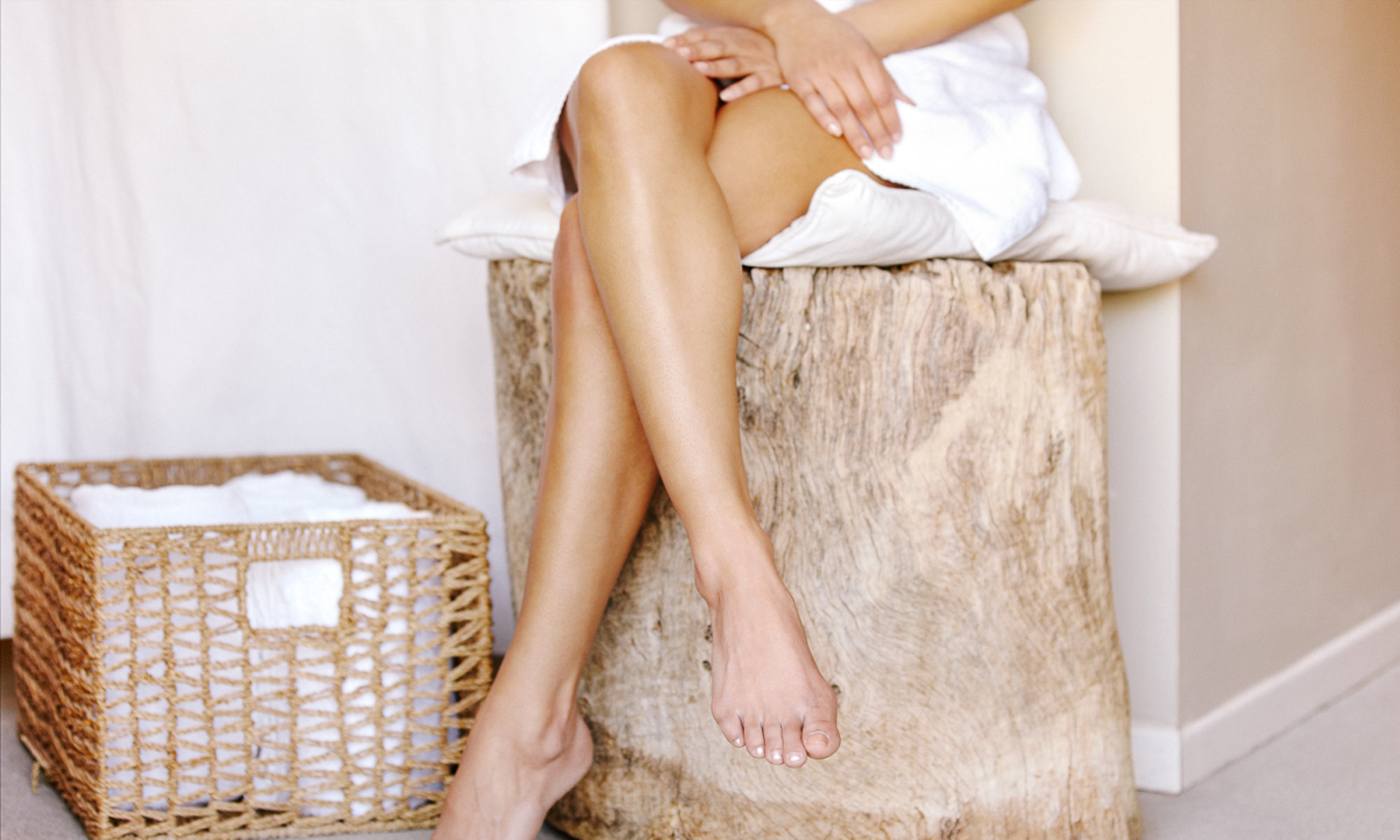Mobility Pioneers Just Shared Their No. 1 Tip To Get Rid Of Cankles
Cankles are about more than just looks.


Assistant Beauty & Health Editor
Assistant Beauty & Health Editor
Hannah Frye is the Assistant Beauty Editor at mindbodygreen. She has a B.S. in journalism and a minor in women’s, gender, and queer studies from California Polytechnic State University, San Luis Obispo. Hannah has written across lifestyle sections including health, wellness, sustainability, personal development, and more.
Image by Trinette Reed / Stocksy July 8, 2023 Our editors have independently chosen the products listed on this page. If you purchase something mentioned in this article, we may While social stigmas have framed cankles as an aesthetic feature, swelling on your lower legs is about so much more than how it looks. Cankles can be painful! Plus, they can prevent you from living your best, most active lifestyle. But we have good news: On a recent episode of the mindbodygreen podcast, mobility pioneers Kelly and Juliet Starrett, who have spent decades working with pro athletes, Olympians, and Navy SEALs, explained how to tend to cankles from a health perspective. 
Advertisement
This ad is displayed using third party content and we do not control its accessibility features.
A tip to get rid of cankles
“The cure for cankles is more movement,” Juliet says. This is why you may experience the occasional cankle when you’re sitting on a plane, standing at a desk for a long time, at a concert, etc.
“Obviously, we’re all going to get stuck in situations where we can’t move as much as we want,” she adds—so don’t totally freak if you experience cankles after standing for an extended period of time. It’s completely natural.
Even if you’re stuck standing, Juliet says a little bit of “fidgeting and changing positions,” can help keep the lymphatic system turned on and flowing, thus helping to reduce the chance or severity of cankles. So for those stuck in meetings all day or sitting on a long flight, simply fidgeting your body can count as movement (well, when it comes to your circulation).
If you have more flexibility in your schedule, try to add what Juliet calls “movement snacks” into your day. Essentially, incorporate quick, frequent spurts of movement in between your daily activities. Below, find a few ideas to get you started:
Advertisement
This ad is displayed using third party content and we do not control its accessibility features.
Don't get us wrong, standing is better for you than sitting for long periods of time (so don't toss your standing desk!); but moving every so often is even healthier for your body. Kelly agrees: "It gets us away from this notion that sitting is bad and standing is good—we want to stop that. What we want to say is: Moving is better."
The takeaway
Most people regard cankles as just an aesthetic concern, but they can cause discomfort, too. To avoid the swelling, prioritize short bursts of moment throughout the day and adjust your position to prevent extended stagnation, whether you're sitting or standing.
Advertisement
This ad is displayed using third party content and we do not control its accessibility features.

 Astrong
Astrong 






























